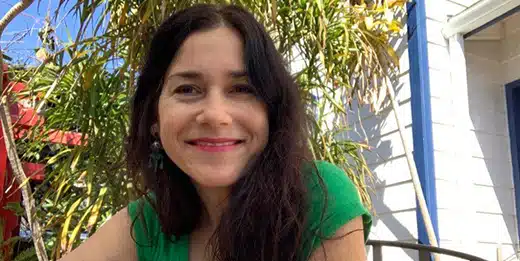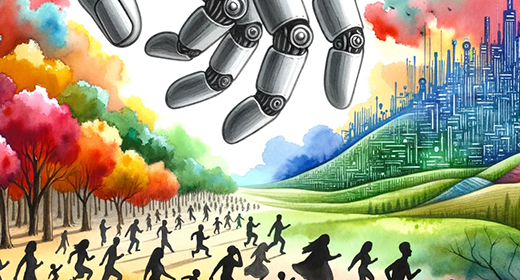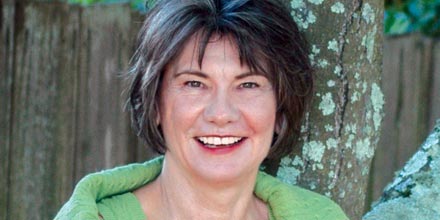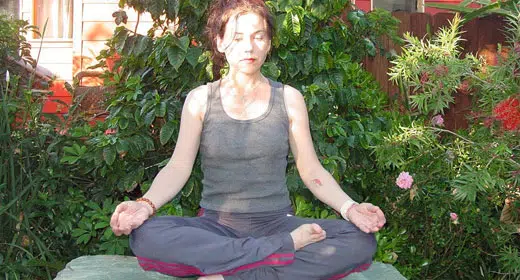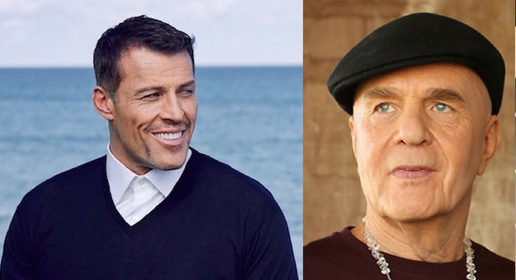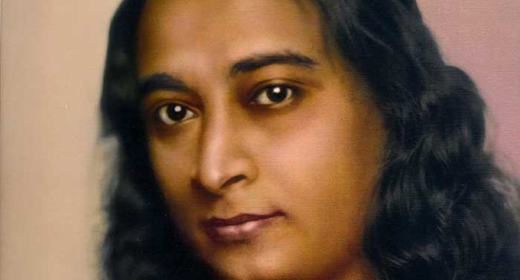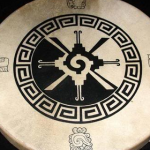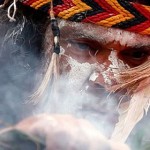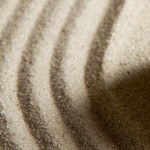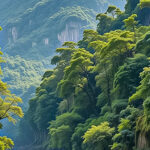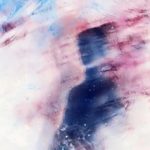by Katie O’Rielly: The cinematic “Jane” gets up close and personal with Tanzania’s chimps, circa 1960…
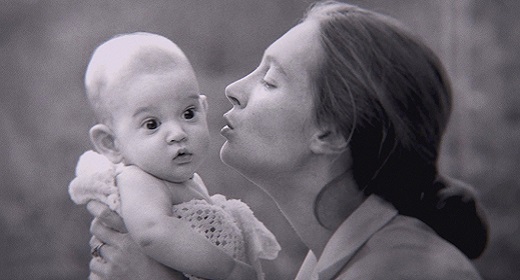
In 1957, paleontologist Louis Leakey sent his 23-year-old British secretary to Gombe, Tanzania, to collect behavioral observations for a study on wild chimpanzees. At the time, little was known about how great apes lived, and Leakey had a hunch that they could provide insight into human evolution. Jane Goodall had no training or degree, but Leakey specifically sought someone with no scientific bias and the monumental patience to get close to, and be accepted by, chimps.
Living among wild animals was Goodall’s childhood dream. “I wanted to do things men did and women didn’t. I wanted to talk to animals, like Doctor Dolittle, and move among them without fear, like Tarzan,” the now-83-year-old primatologist reflects in Jane. Documentarian Brett Morgen’s film is anchored by the copious notes Goodall took in the jungle and by the serendipitous discovery, in the National Geographic archives, of previously unseen early-1960s footage taken by photographer Hugo van Lawick, Goodall’s late ex-husband. Jane fetched Best Documentary at the Toronto Film Festival and will air on the National Geographic Channel in spring 2018.
Morgen used van Lawick’s lush footage to re-create Goodall’s early adventures traversing what would become Gombe Stream National Park. After five months of tireless observation, Goodall was rewarded: A dignified alpha chimp, nicknamed David Greybeard, allowed her to observe him extracting insects from a termite mound using grass. Thus was one dominant understanding of humanity forever altered—humans were not the sole tool users. The discovery made headlines, which Jane also unearths, revealing that, at the time, many academics derided Goodall’s research.
National Geographic had dispatched van Lawick, whose presence Goodall initially resented, to join her and collect evidence of her interactions with the apes, including kind matriarch Flo and her infant daughter, Fifi. Goodall’s trailblazing discoveries piled up: Chimpanzees hunt for meat. They grieve their dead. They require reassurance, community, and even hugs. “Staring into their eyes,” present-day Goodall reflects, “I saw a thinking, reasoning personality looking back.”
Last fall, Goodall received the Sierra Club’s highest honor, the John Muir Award, for her nearly six decades’ worth of animal-welfare and conservation work. Most of those decades have been spent delivering speeches and championing policy to restore forests and promote sustainable development; Goodall hasn’t slept in the same place for more than three weeks at a time since 1986. Jane, however, focuses on Goodall’s pre-activist career, when she was rooted in Gombe and unwittingly launching what would become the longest continuous study of any animal in its natural habitat.
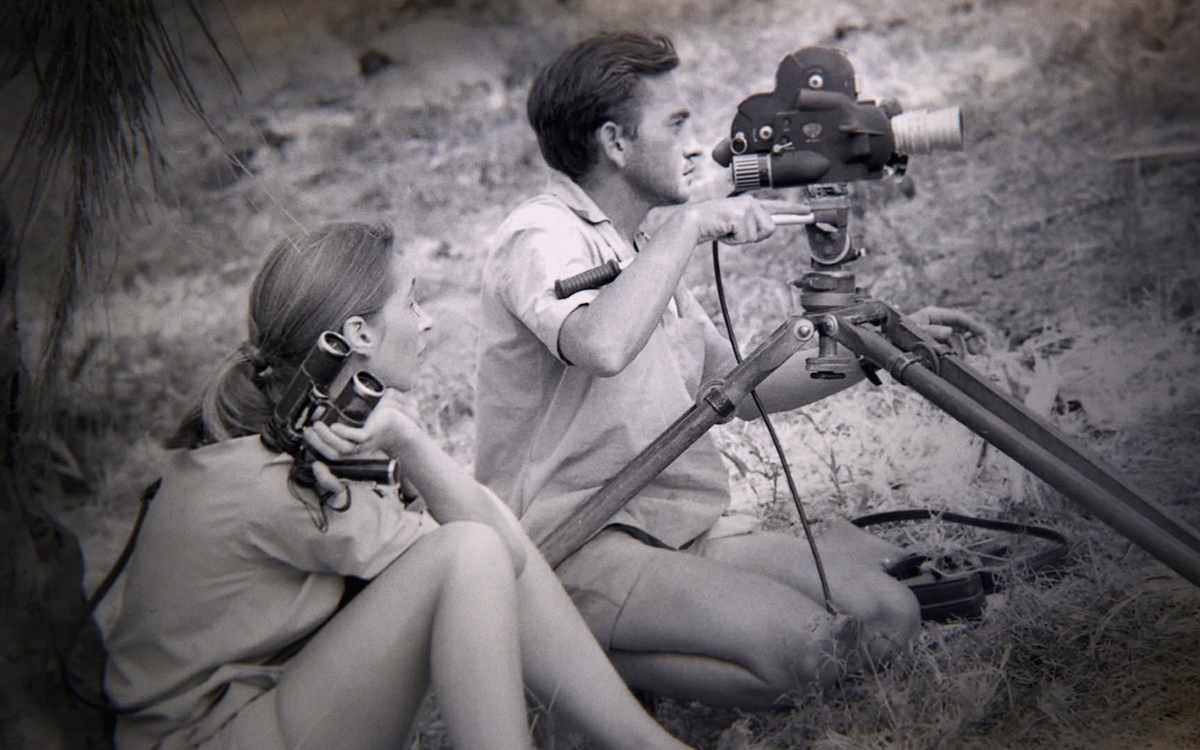
THE FIERCELY INDEPENDENT JANE GOODALL INITIALLY RESENTED THE COMPANY OF NATIONAL GEOGRAPHIC–DISPATCHED PHOTOGRAPHER HUGO VAN LAWICK IN GOMBE, TANZANIA.| JANE GOODALL INSTITUTE
At its heart, Jane is a love story. Goodall’s largely long-distance relationship with van Lawick, who proposes via telegram after losing funding to stay in Gombe, is the stuff of big-screen romance. Following the birth of Goodall’s son, “Grub,” Morgen crafts parallels between Goodall’s and Flo’s experiences of motherhood. Melancholy creeps into Goodall’s voice as she recounts a lethal polio epidemic among her beloved chimpanzees. “I realized my experience in the forest had given me perspective—in the forest, death is not hidden; it’s a part of the endless cycle of life.”
Majestically scored by Philip Glass, this film is charming and insightful, much like its protagonist, who makes a point of drawing one haunting distinction between humans and chimpanzees: “Only humans have developed a language . . . to pass on mistakes from the past . . . which means we have a responsibility toward the other, threatened life-forms on our planet.”

